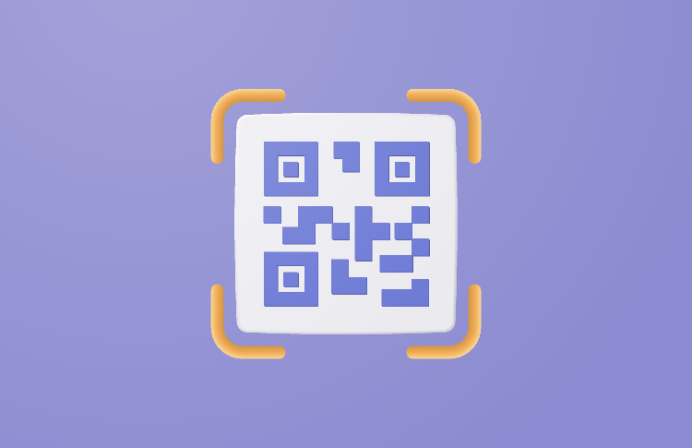
Health insurer HCF has announced the launch of a new QR code-based digital membership card, enabling policyholders to make on-the-spot insurance claims using their smartphones.
The solution, jointly developed by HCF and HICAPS, the NAB-owned e-claims systems provider for the healthcare sector, has been touted by the pair as “mobile agnostic, contactless and user-friendly”.
Effectively functioning as a mobile wallet, the service is exclusively accessible via HICAPS’ recently released Trinity payments terminals.
According to NAB executive merchant services Mark Raymer, HICAPS has more than 20,600 Trinity terminals in market, with the payments company expected to fully transition its providers to the new terminals “over the next few months.”
HICAPS – which provides on-the-spot claims processing for all private health funds, as well as Medicare Easyclaim, WorkSafe Victoria claims, and the Insurance Commission of Western Australia – dominates Australia’s healthcare payments services market, currently in use by more than 94,000 health service providers.
The new claims service is accessible via HCF’s My Membership smartphone app, with app users prompted to download a unique, machine-scannable QR code. This generates what is effectively a digital version of HCF’s physical membership card, enabling members to make contactless, on-the-spot, claims when visiting a participating HICAPS health provider.
HCF chief information officer and chief transformation officer Nalini Prakash noted that “keeping the QR Code within the HCF app gives our members a better experience and allows them to seamlessly enjoy the other great member benefits and reward features and offers we provide.”
Raymer welcomed the QR code service as a “significant step forward” for the claims process “and one we believe will help markedly improve the overall claims and payments experience”.
He added: “Traditionally, Australian healthcare payment systems have been complex, which has led to substandard payment experiences for patients and difficulties for healthcare providers.”





